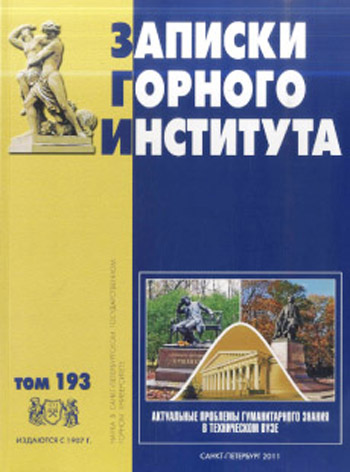Influence of discretely distributed charge оn electric adhesion
- Saint Petersburg State Mining University
Abstract
The appearance of great pulling electric fields at anodic bonding process with a conductor surface to dielectric turns out to be possible due to the interlayer polarization developing in dielectric under the action of electric voltage. This results in a negative charge accumulation in a layer of small thickness beside anode. Thus applied electric voltage is distributed not through the whole thickness of a dielectric, but in fact is applied to a narrow area of the three-dimensional charge beside anode. Arising strong electric fields force the connected materials to unite. The physical and mathematical models for force characteristics of non-uniform electric field are developed. Research of a charge intermittence influence on intensity of an electrostatic field has shown a considerable differences on small distances to the charged surface between carried out and traditional ways of calculation.
